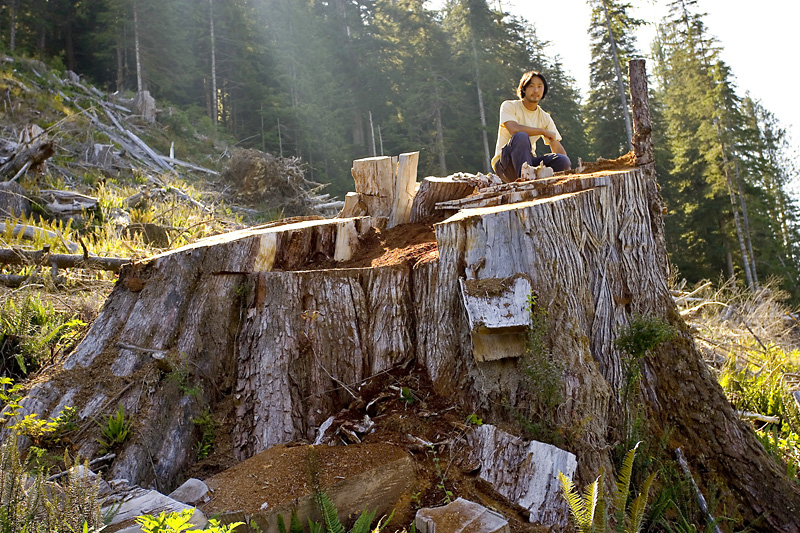On National Tree Day the Ancient Forest Alliance calls for a “Provincial Heritage Trees Designation” to Protect Canada’s Largest and Oldest Trees

New Company Develops Online Games for a Better World
Ancient Forest Alliance welcomes proposed interim protection for Avatar Grove
Today the BC government officially proposed to designate the entire Avatar Grove near Port Renfrew as an Old-Growth Management Area (OGMA), pending completion of a 60 day public review period.
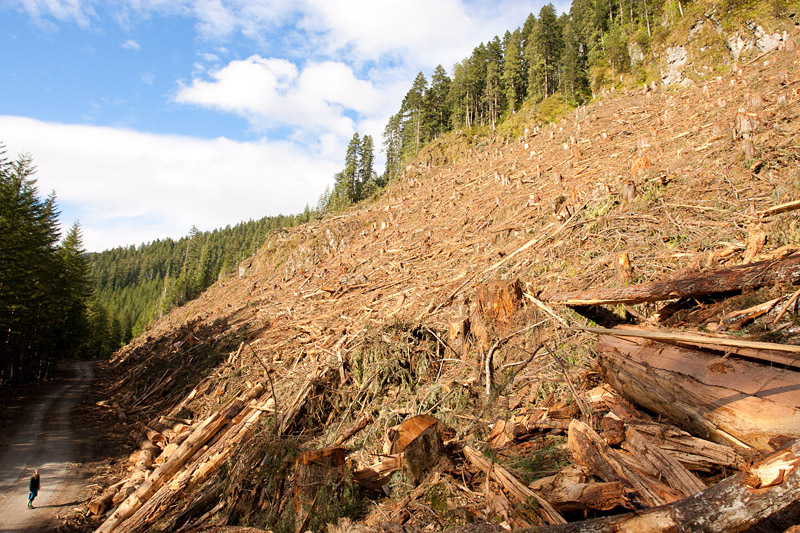
Recent Old-Growth Clearcutting of Deer Wintering Habitat on Vancouver Island Documented and Posted on Youtube
BC Government Takes Important Step towards Protecting Vancouver Island’s “Avatar Grove”
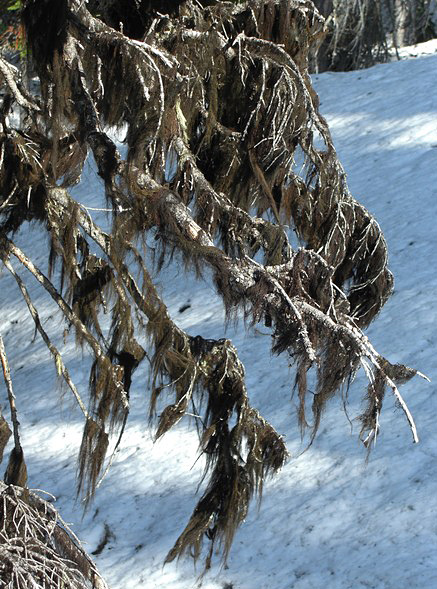
Wade Davis and Andy MacKinnon, BC’s Best Known Botanists, Make Bids for Naming Rights for New Species of Old-Growth Forest Lichens as part of Conservation Fundraiser
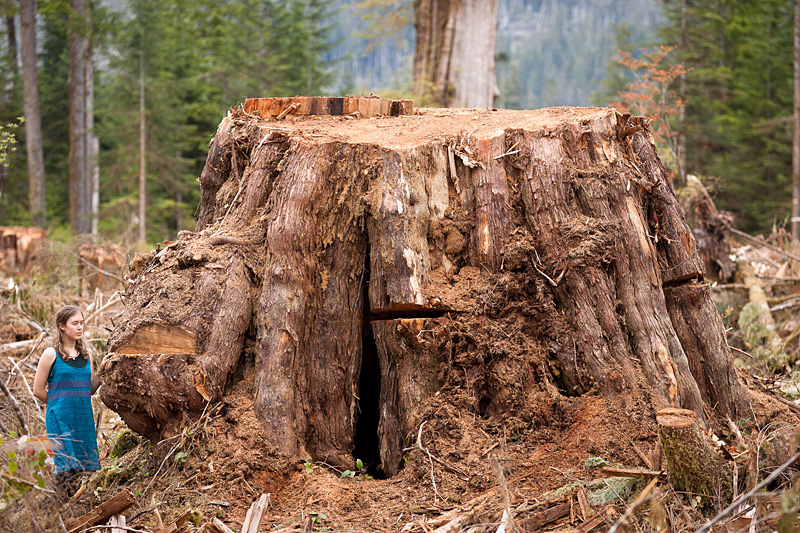
Parks Day Alert: Video clip of “Canada’s Largest Tree” and old-growth logging
The clip features Canada�s largest tree, a western redcedar named the Cheewhat Giant growing in a remote location near Cheewhat Lake within Pacific Rim National Park Reserve north of Port Renfrew and west of Lake Cowichan. It also features new clearcuts and giant stumps of redcedar trees, some over 4 meters (14 feet) in diameter in the Klanawa Valley adjacent to Pacific Rim National Park Reserve and also near the Carmanah-Walbran Provincial Park (in the Nitinat Lake/Rosander Main region) logged in 2010 and 2011.
Ancient Forest Alliance and Port Renfrew Chamber of Commerce cooperate to Protect Old-Growth Forests and Avatar Grove through new Chamber Info Centre
The info centre will play host to a media press conference today, Thursday, July 14 at 12:00 noon, followed by a tour of the nearby unprotected Avatar Grove. Port Renfrew Chamber President Rosie Betsworth and Ancient Forest Alliance campaigner and photographer TJ Watt will discuss their cooperative efforts to promote and protect the Avatar Grove and other nearby old-growth forests.
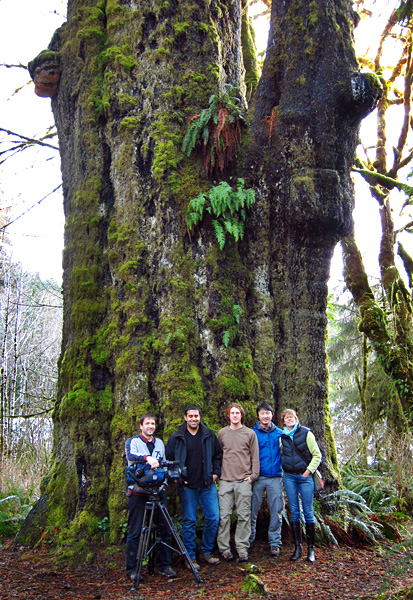
Al Jazeera Covers Ancient Forest Alliance’s Campaign to Save British Columbia’s Endangered Old-Growth Forests and the Avatar Grove
